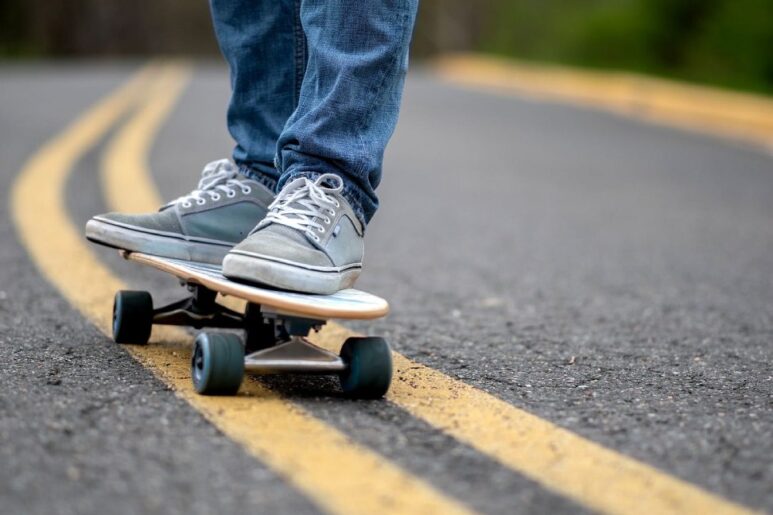King 567, Betbhai247, Apbook247: During the 1960s and 1970s, skateboarding underwent a significant transformation from a simple pastime to a legitimate sport and cultural phenomenon. What began as a way for surfers to emulate the feeling of riding waves on land evolved into a distinct subculture with its own styles and trends. Skateboard design also evolved during this period, moving from homemade wooden boards to more durable materials like fiberglass and aluminum, allowing for greater speed and maneuverability.
The 1960s and 1970s saw the establishment of the first skateboard parks, such as Skateboard City in Santa Monica, California, which provided a designated space for skaters to practice and showcase their skills. The popularity of skateboarding grew rapidly during this time, with the creation of magazines like Skateboarder and contests like the Bahne-Cadillac National Skateboarding Championships helping to fuel its mainstream appeal. As skateboarding continued to gain traction, brands like Vans and Powell Peralta emerged, further solidifying its place in youth culture.
Skateboarding’s Influence on Music and Fashion
The world of skateboarding has always been closely intertwined with music and fashion, with each element influencing and inspiring the others in a cyclical relationship. The rebellious and free-spirited nature of skate culture has seeped into various music genres over the years, giving rise to a distinct sound that captures the essence of the sport. Punk, rock, and hip-hop have all drawn inspiration from the skateboarding community, with bands and artists embracing the raw, edgy attitude that skaters embody.
Similarly, the unique style of skateboarders has had a lasting impact on the world of fashion. From baggy jeans and graphic tees to sneakers and snapback hats, skate culture has helped shape streetwear into the global phenomenon it is today. Brands like Vans, Thrasher, and Stussy have become synonymous with skateboarding, transcending the sport to become fashion icons in their own right. The DIY ethos of skateboarding has also influenced the way people approach personal style, encouraging creativity and self-expression in the way they dress.
� Skate culture has influenced various music genres such as punk, rock, and hip-hop
� Bands and artists have embraced the rebellious attitude of skaters in their music
� Skateboarding has helped shape streetwear into a global phenomenon
� Brands like Vans, Thrasher, and Stussy are now fashion icons thanks to skate culture
� The DIY ethos of skateboarding encourages creativity and self-expression in personal style
The Rise of Skateboarding as a Competitive Sport
Apbook365, Apbook Login, Goexch777: In the past few decades, skateboarding has swiftly transformed from a recreational activity to a fiercely competitive sport. What was once a passion pursued by a few enthusiasts has now evolved into a recognized discipline with professional athletes competing on a global stage. The rise of skateboarding as a competitive sport can be attributed to the growing interest and support from both the industry and fans, as well as the determination of skaters to push the boundaries of what is possible on a skateboard.
Skateboarding competitions have now become a common feature in major sporting events, attracting top skateboarders from around the world to showcase their skills and creativity. With competitions ranging from street courses to vert ramps, skaters have a platform to demonstrate their unique styles and tricks while vying for top honors and lucrative prize money. The increase in sponsorships, media coverage, and fan engagement has further propelled the growth of skateboarding as a competitive sport, solidifying its place in the realm of mainstream athletics.
How did skateboarding evolve in the 1960s and 1970s?
Skateboarding evolved from a casual hobby to a more organized sport with the creation of skate parks and competitions in the 1970s.
How has skateboarding influenced music and fashion?
Skateboarding culture has had a significant impact on music genres like punk rock and hip-hop, as well as streetwear fashion trends.
Why has skateboarding become a competitive sport?
Skateboarding’s popularity and mainstream acceptance have led to the rise of competitive events like the X Games and the Olympics, showcasing the skill and talent of professional skateboarders.
Additional:
- What Time Does Popeyes Open?
- Where Is Costco Opening New Stores In 2024?
- Trader Joe’s Hours – Locations, Opening And Closing Time

